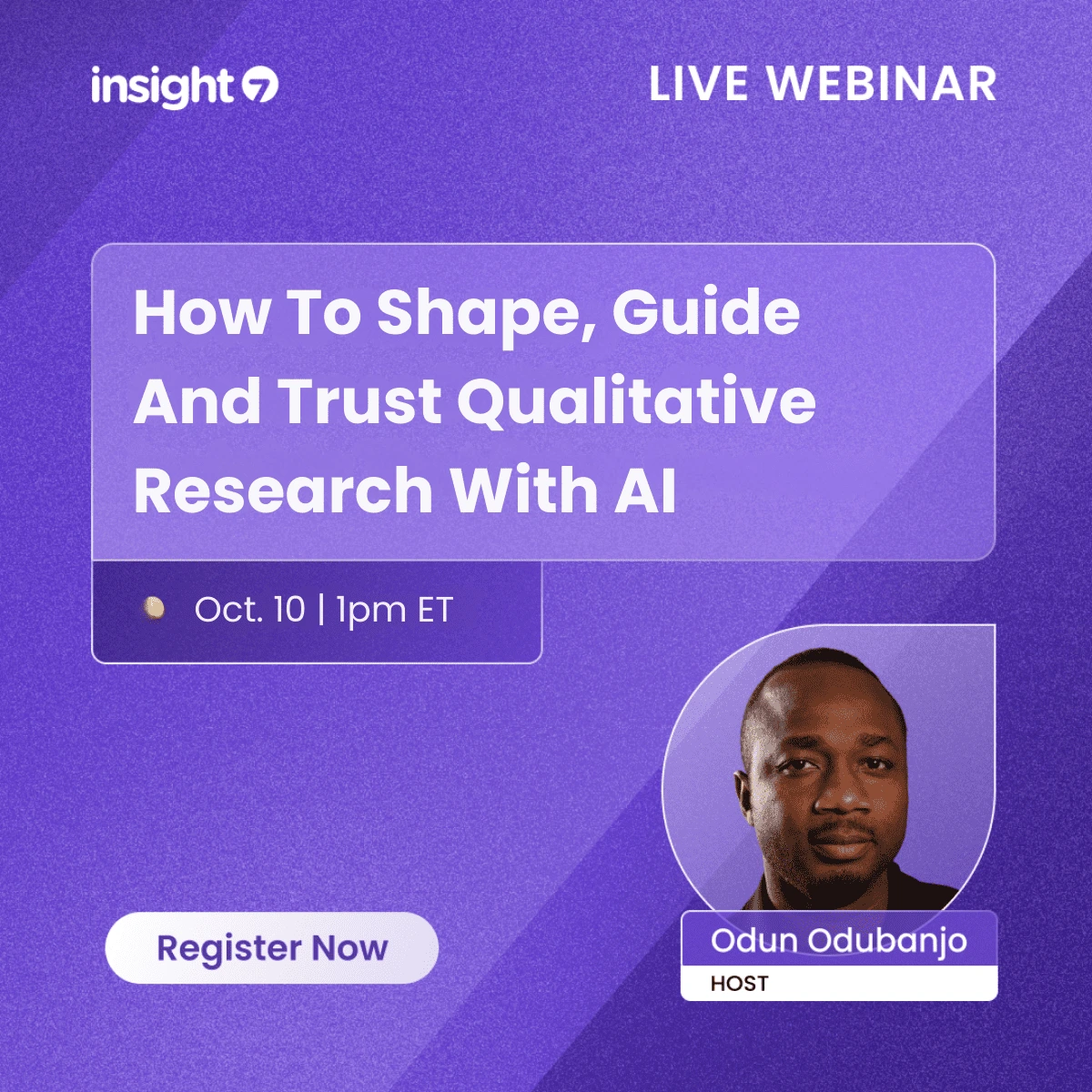Voice Analytics in Call Centers: Detecting Emotions in Real Time
-
Bella Williams
- 10 min read
In today's fast-paced world, where customer expectations are at an all-time high, understanding the emotional landscape of customer interactions is no longer a luxury—it's a necessity. Call centers, often the frontline of customer service, are evolving to meet these demands through innovative technologies. Voice analytics is at the forefront of this transformation, enabling organizations to detect emotions in real time and respond accordingly. This article will explore how voice analytics can enhance customer interactions, improve agent performance, and ultimately drive business success.
What Problem Does Voice Analytics Solve?
Customer interactions can often feel like navigating a minefield. Agents struggle to gauge customer sentiment accurately, leading to missed opportunities for upselling and inadequate performance evaluations. Traditional methods of call analysis, such as manual scoring and post-call surveys, fall short in today's dynamic environment. They are time-consuming, often subjective, and fail to capture the nuances of customer emotions.
As AI adoption accelerates and customer expectations for personalized service rise, the need for effective voice analytics becomes increasingly critical. Organizations face fierce competition, and those that can harness the power of voice analytics will gain a significant edge in understanding and responding to customer needs.
Strategic Framework for Voice Analytics
Voice analytics refers to the technology that analyzes voice data to extract insights about customer emotions and sentiments. Unlike traditional methods that rely on post-call surveys, voice analytics provides real-time feedback, allowing organizations to make immediate adjustments to their approach. This technology opens up new possibilities, such as proactive customer engagement strategies and deeper insights into customer behavior.
What Becomes Possible With Voice Analytics?
- Emotional Detection → Enhanced customer satisfaction through tailored responses
- Real-Time Feedback for Agents → Improved performance and training effectiveness
- Predictive Insights on Customer Behavior → Increased upsell and cross-sell opportunities
- Automated Quality Assurance → Consistent service delivery and reduced operational costs
- Sentiment Trend Analysis → Informed strategic decisions based on customer sentiment shifts
Why Are Organizations Betting Big on Voice Analytics?
Organizations are increasingly adopting voice analytics to improve customer experiences and operational efficiency. By eliminating pain points such as missed sales opportunities and inefficient training processes, voice analytics provides a clear path to enhanced performance. The value lies in speed—real-time insights allow for immediate action, personalization ensures tailored interactions, and predictive analytics help forecast customer behavior, ultimately leading to increased ROI through cost savings and revenue growth.
Voice Analytics Data Infrastructure and Requirements
To effectively implement voice analytics, organizations need a robust data infrastructure. This includes audio recordings, call transcripts, CRM logs, and customer feedback. A diverse range of data sources enhances the accuracy and reliability of insights, allowing organizations to capture emotional context effectively. Strong data foundations, including seamless integration with existing systems, translate to actionable insights that drive decision-making.
How Does Voice Analytics Work Behind the Scenes?
The process of voice analytics involves several key steps:
- Gather raw inputs (calls, meetings, customer interactions)
- Convert audio into structured text using speech recognition
- Analyze voice features (tone, pitch, speed) to spot sentiment and emotional cues
- Identify objections, conversion cues, or patterns in real-time
- Apply historical data to improve predictive accuracy
- Deliver insights through dashboards, alerts, or coaching prompts for agents
- Track impact on customer satisfaction and business outcomes, refine models, and close the feedback loop
High-Impact Voice Analytics Use Cases
Voice analytics can be applied in various impactful ways:
- Detecting Buying Signals → Increase win rates by acting on emotional cues
- Coaching Effectiveness Monitoring → Enhance agent training by analyzing emotional engagement
- Sentiment Tracking → Resolve customer issues faster by understanding emotional context
- Pipeline Health Strengthening → Predict churn by analyzing customer sentiment over time
- Upsell Opportunities Identification → Tailor offers based on detected customer emotions
How Do You Choose the Right Voice Analytics Tool?
When selecting a voice analytics tool, consider features such as accuracy in emotion detection, seamless integrations with existing systems, multilingual support, and real-time analytics. AI-powered solutions stand out from traditional methods by offering advanced emotional intelligence capabilities, enabling organizations to respond more effectively to customer needs.
Quick Comparison:
| Feature | Modern Voice Analytics | Traditional Methods |
|---|---|---|
| Emotional Detection | AI-driven, nuanced | Human judgment, limited |
| Real-Time Insights | Immediate alerts | Delayed feedback |
| Coverage | 100% of calls analyzed | Sampled only |
| Integration | Seamless with CRM | Often manual |
Common Voice Analytics Implementation Challenges
While implementing voice analytics can yield significant benefits, organizations may face challenges such as:
- Inconsistent Data Quality → [Dirty or incomplete data leading to inaccurate insights]
- Team Alignment Issues → [Lack of consensus on goals and metrics]
- Over-Automation Risks → [Neglecting the importance of human oversight]
- Integration Difficulties → [Challenges in embedding analytics into existing workflows]
How Do You Get Started With Voice Analytics?
To successfully implement voice analytics, follow this practical roadmap:
- Connect to your CRM and call recording systems
- Import historical conversations to establish baselines for emotion detection
- Set up role-based dashboards tailored for different teams (sales, support)
- Train the system with real data to calibrate accuracy
- Launch pilot programs in targeted departments or teams
- Expand adoption based on pilot results, review regularly, and optimize processes
Excellence Standards for Voice Analytics Programs
To achieve the highest ROI in voice analytics, organizations should adhere to best practices such as:
- Regularly reviewing and acting upon insights
- Ensuring a sufficient volume of data to strengthen predictive accuracy
- Balancing AI-driven outputs with human judgment to maintain quality interactions
How Do You Track Results?
Core success metrics to track include:
- Conversion Rate Improvement → [Measure the impact of emotional insights on sales]
- First-Call Resolution Rates → [Analyze how sentiment detection influences resolution]
- Agent Performance Metrics → [Evaluate coaching improvements based on analytics]
- Sentiment/NPS Correlations → [Track customer satisfaction linked to emotional engagement]
- Forecasting Accuracy → [Assess predictive capabilities in customer sentiment trends]
Golden Rule: The value isn't in the analytics itself, but in the actionable insights that lead to improved customer interactions and business outcomes.
Questions Leaders Often Ask
- What exactly is voice analytics technology and how does it work?
- How is it superior to traditional quality assurance or manual note-taking?
- Can we integrate it with existing systems like Salesforce, HubSpot, or Zendesk?
- How much call data do we need before insights become reliable?
- Is it safe, compliant, and secure for use in regulated industries?
Wrapping It Up
Voice analytics is not just a trend; it is a vital component for the future of sales, customer support, and overall revenue operations. The right voice analytics platform can transform conversations into measurable business growth, enabling organizations to respond to customer needs with unprecedented accuracy and speed. Explore next steps such as demos, pilot programs, or platform comparisons to find the best fit for your organization.
Additional Resources
For further exploration of voice analytics applications in call centers, consider reviewing whitepapers, case studies, or webinars that delve deeper into this transformative technology. Additionally, a glossary of key terms related to voice analytics can enhance your understanding and facilitate informed discussions within your organization.







